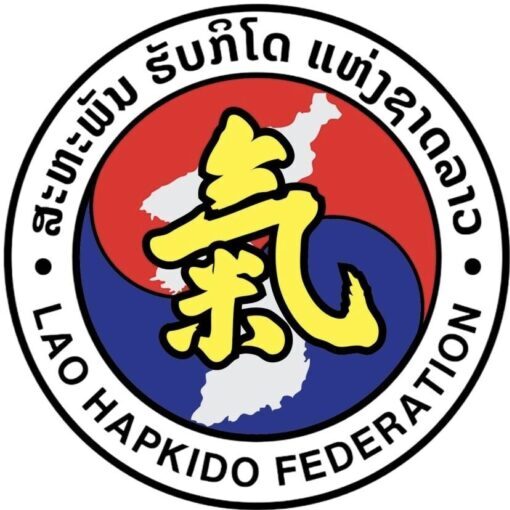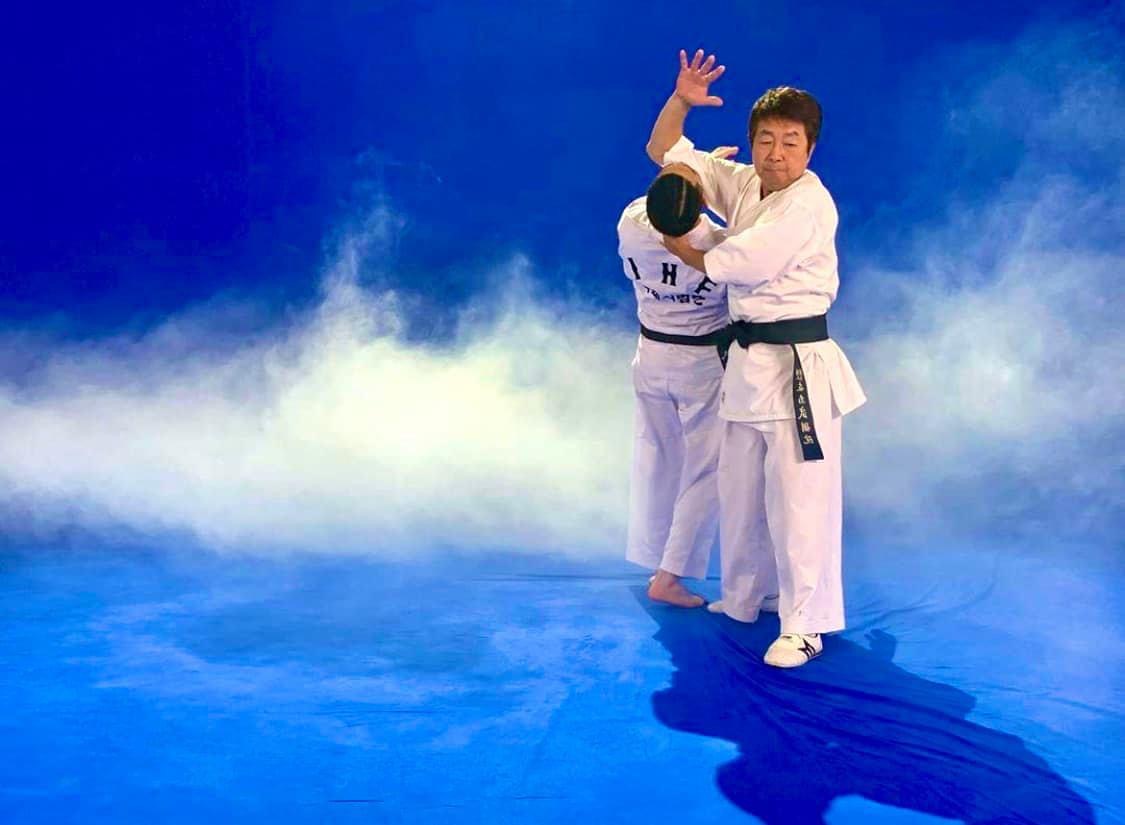Hapkido (합기도)
Hankido was created by GM Myung Jae Nam with a bold vision: to develop a martial art that would become a proud symbol for the Korean people. After years of dedicated study, he unveiled this unique art to the world. Hankido is a refined and dynamic martial art, rooted in the seamless application of natural principles, making it as effective as it is elegant.
While the twelve core self-defense techniques of this system are straightforward to learn, mastering them is another challenge entirely. The true depth of this art is only uncovered through relentless practice and dedication, as it demands both skill and perseverance to truly understand and excel.
Principles of Hankido
Hankido techniques are founded on three core principles (sam dae wolli): won, yu, and hwa.
- Won (Circular Motion): Movements follow a circular pattern, allowing practitioners to deflect attacks, unbalance opponents, and neutralize threats with fluid motion.
- Yu (Flow): Techniques emphasize continuous, adaptable movement, ensuring seamless transitions between defense and offense.
- Hwa (Harmony): The principle of harmony fosters effortless control over an opponent by blending with their energy rather than opposing it.
These principles are reinforced through three fundamental exercises: jeon hwan beop, yeong nyu beop, and shim hwa beop.
Won – The Principle of Circular Motion
Circular movements form the essence of Hankido, enabling practitioners to redirect an opponent’s force, disrupt their balance, and guide their movements. By mastering this principle, one can effectively neutralize attacks and assert control over an opponent with minimal effort.
Yu – The Principle of Flow
In Hankido, fluidity is essential. If a technique lacks natural flow, the opponent gains the opportunity to regain balance and counter the attack. Maintaining continuous movement ensures that energy remains dynamic and effective.
The flow of energy in Hankido can be likened to a wave in the ocean—steadily building momentum before crashing against the cliffs. By harnessing this principle, practitioners generate greater force for counterattacks while seamlessly transitioning between movements.
Hwa – The Principle of Harmony
Controlling an opponent’s movement begins with first synchronizing with their motion. By moving in harmony with them, the practitioner can seamlessly assume control, guiding the opponent’s actions in the desired direction. This principle emphasizes adaptability and precision, allowing for effortless redirection of force rather than direct opposition.




